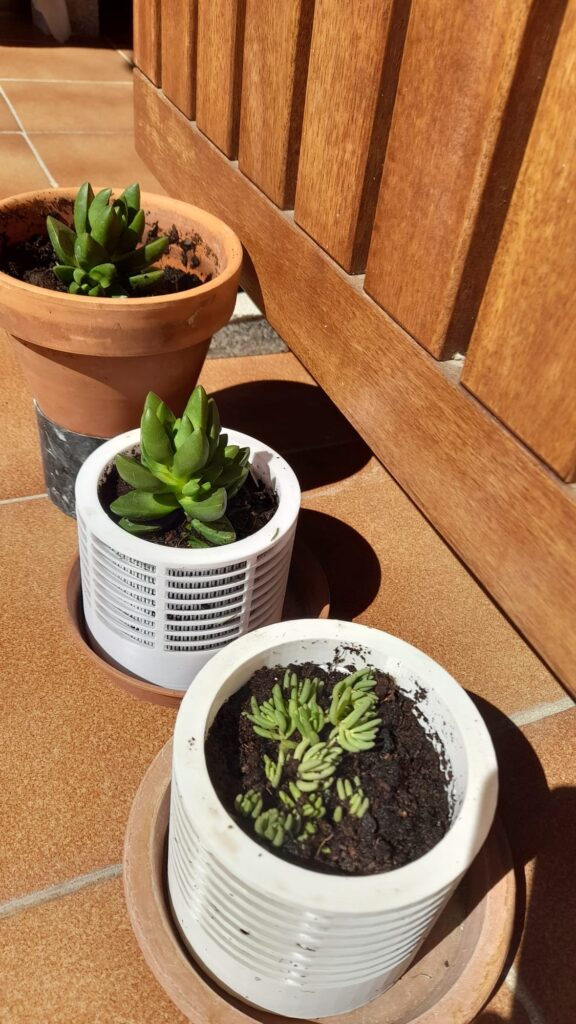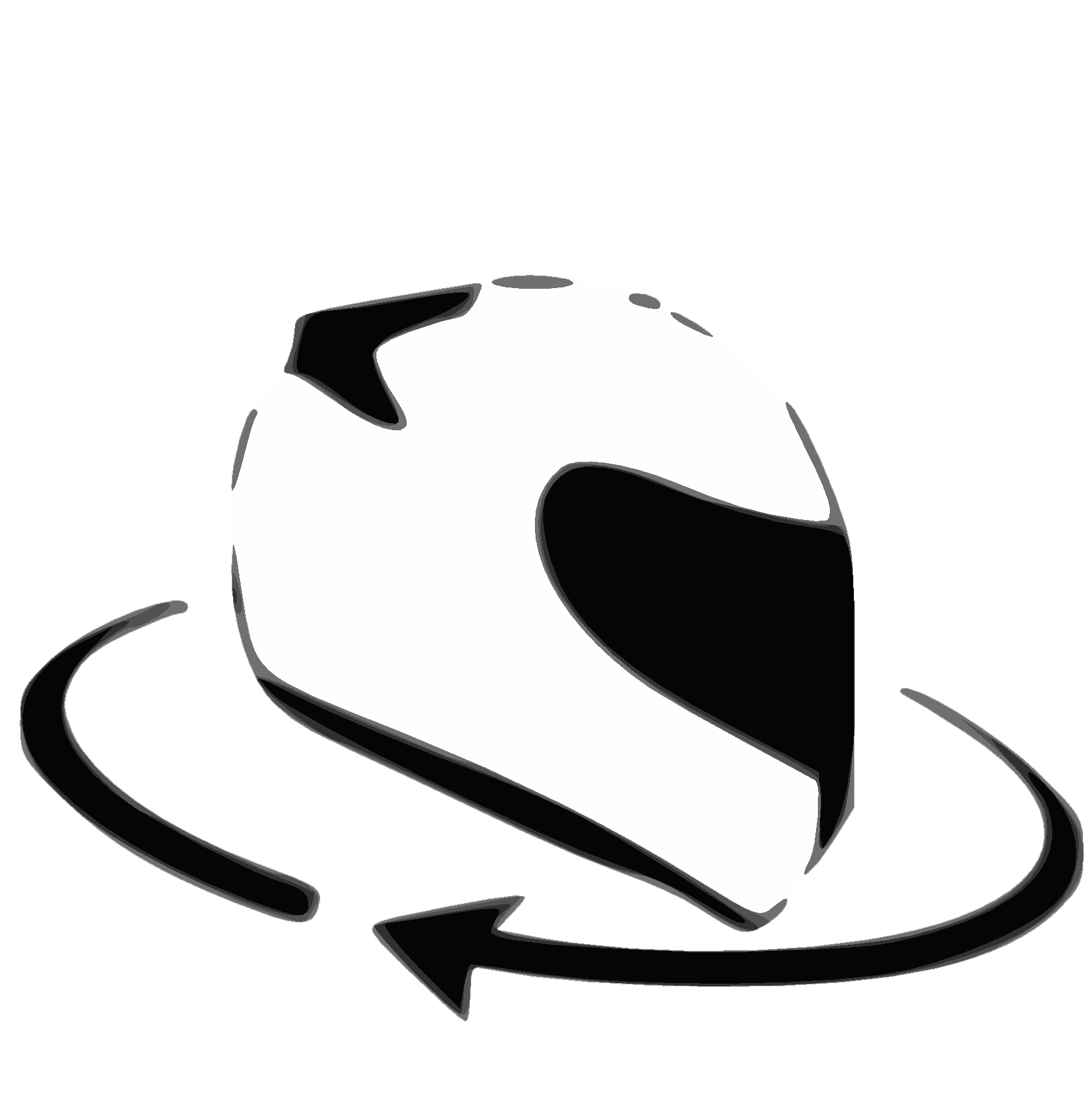Welcome to my personal website! My project is all about designing a unique planter for xerophytic plants using the exclusive information I’ve gathered with the help of ChatGPT. But before I delve into the details of my project, let me introduce you to ChatGPT.
ChatGPT is a state-of-the-art language model developed by OpenAI. It is one of the most advanced models in the world, capable of generating human-like text in response to natural language input. With the ability to understand and interpret language at a high level, ChatGPT has become an invaluable tool for researchers, writers, and developers worldwide.
Now, let’s talk about xerophytic plants. Xerophytes are plants that have adapted to survive in arid environments with little water. They have unique features such as succulent leaves and stems, which store water for long periods. These plants are not only fascinating but also play a vital role in the ecosystem by providing habitats and food for animals and insects.
So, why did I use ChatGPT for my project? Well, the benefits of using this technology are countless. ChatGPT enabled me to access vast amounts of information on xerophytic plants, their needs, and how to care for them. It also allowed me to communicate with experts in the field and gain valuable insights into the best materials and design for my planter. With ChatGPT, I was able to develop a design that not only looks beautiful but also provides the perfect growing conditions for xerophytic plants.
In conclusion, ChatGPT has revolutionized the way we access and use information. By combining the power of this technology with my passion for xerophytic plants, I was able to create a unique product that is both functional and visually stunning. Thank you for visiting my website, and I hope you enjoy learning more about my project.

Currently, I have completed the first version of my project, where I tested the theoretical basis of my idea and added several functionalities to the planter. These functionalities aim to optimize the growth and health of xerophytic plants. I am now conducting growth tests on different xerophytic plant species to collect data and draw conclusions from their performance in the planter. Once I have obtained sufficient information, I will move onto the next phase of my project, which involves the digital measurement of the plant’s environment. This will allow me to further optimize the planter’s design and create an even more efficient growing environment for xerophytic plants. Stay tuned for updates on my progress!
It’s essential to carry out tests and experiments to validate our ideas because there is often a significant gap between theory and practice. These processes are the foundation of product development and allow us to refine our ideas and create more effective solutions. Currently, I’m conducting functional concept tests on the planter to ensure that it meets the needs of xerophytic plants and to identify areas for improvement. Once we have established a functional base, we can move onto market impact analysis and commercial viability testing. Without thoroughly testing the planter’s basic functionality, it would be challenging to implement a successful and well-designed product.

